Brownfield Land Explained – How to Deal with Site Contamination
What is a brownfield site?
A brownfield plot is one that has had a previous industrial, commercial or even agricultural use. The industries that once occupied them may have left years ago, but their legacy can remain in the soil.
Before a home can be built, the health risks of this legacy have to be assessed and mitigated.
What types of contamination are there?
Industry has left us with a long list of potentially harmful substances, including sulphuric acid from the oil industry, hydrocarbons from fuel storage and lead from steel works – soil reports for brownfield sites can read like an inventory for chemical warfare.
Every kind of poison seems to be traceable, and nowadays it is almost unheard of to find a brownfield site that doesn’t have some form of contamination. These substances may have to be removed or treated on site.
But this doesn’t mean that it can’t be built on and sometimes levels of contamination could be below levels not requiring any action at all.
What are the risks from contamination?
The garden is the principle risk. Soil at the surface can be used for growing vegetables, but children may also come into contact with it. Eating soil may not occur to a potential developer as a risk, but this is quite common among children under two.
Pathological soil eating, or ‘geophagy’, means that even low traces of some contaminants are still considered a threat, as action levels are based on human ingestion.
In the case of leachate contaminants, they may not be directly harmful but they could be damaging to the ecosystem or the groundwater and therefore affect us indirectly.
The action levels are based on a surprisingly wide range of circumstances. Each contaminant has a different action level at which its measured concentration is considered too high to ignore.
These levels are published as Soil Guideline Values and Environment Quality Standards, and it is against these figures that your soil test results will be judged.
Natural gas contamination is usually in one of two forms – methane or radon. Whilst radon is a radioactive gas that is found naturally with certain geology, methane is produced from decaying organic matter buried in the ground and rises as vapour to the surface.
If it is allowed to build up in basements or beneath floors, it can reach an explosive level quite quickly.
How do I know if my site is contaminated?
Contaminated earth isn’t always visible, but a few trial holes are worth digging. Look for discoloured soil that smells potent, as contamination often smells acutely and darkens the soil.
If the site shows up on the local authorities register (GIS Atlas) of contamination, you are likely to see a condition placed on your planning permission requiring that a risk assessment be approved and adopted.
Risk assessment for contaminated sites
Available from a specialist soils (geotechnical) consultant, this investigation will identify what contaminants, if any, are present. It can also help to establish their individual concentration levels, and whether they are inert or mobile.
In the case of mobile contaminants, some will have a definite path such as radon or methane gas, which will be heading to the surface.
Other chemicals, such as leachates, can sink to pollute groundwater below and so on, and it is fair to say that if your plot resides over controlled water zones (aquifer areas), the Environment Agency are likely to take a greater interest in it.
There are four stages to a site contamination risk assessment and you may be prevented from starting any work on site before the report is approved, since any movement or excavation of the ground can spread contamination.
Step 1: Desktop study
A desktop study is a review of historical records and old maps, as well as a check against the contaminated land register held by the local authority along with a note of any landfill sites nearby (within 250m).
If the desk study indicates that contamination is likely, it will recommend that a soil investigation is carried out.
Step 2: Soil investigation
Samples of the soil and groundwater are extracted from trial holes dug around the plot. These are sent away for laboratory analysis and a report compiled from the results.
Meters can be used to monitor radon or methane gas levels, but they may have to be left in place for several weeks.
Step 3: Remediation
Removing contaminated soil is the most common solution, but a licence for transporting it to a disposal site will be needed. The depth of soil to be removed should be approved, along with the method of removal and replacement with clean topsoil.
If it isn’t to be replaced then other remedial treatment may be necessary. A blanket approach isn’t always appropriate to the whole site.
If there are particular hotspots on the plot, they can be removed with bulk excavation of the area and refilling with topsoil, or they may be covered over by a hard-surface driveway, be diluted or bio-treated.
This is a specialist contractor’s job with the British Standard documentation setting out the practice of how it should be done. It is possible that continual long-term monitoring of the soil is needed, particularly where contamination of groundwater is a risk.
Given the perceived risk generated by long-term monitoring exercises and the threat of them devaluing or blighting the home, you might want to think about building on a plot where long-term monitoring was required.
Biochemical or fungal treatment to stabilise the contaminants may be an option as a form of natural treatment, but it’s only available for certain chemicals. Metals, like lead and iron cannot be treated in this way.
Flushing with water or other chemicals as a method of washing the soil can also be done with some contaminants and vacuum suction treatment can deal with petrol and other volatile pollutants (if you’re building on an old garage site, for example).
Nasties that can’t be economically removed from the soil can be contained within it by an impervious layer that will prevent them from surfacing.
Clay is a naturally containing material that has been used to line landfill sites, since, in particular depth, it prevents any gases from migrating through.
Plastic linings have been developed for the same purpose. These have a life-expectancy beyond comprehension but for the same reason they can’t be thought of as an environmentally friendly solution.
Step 4: Validation
The final stage is about proving that the site is clean and fit for habitation. Evidence is needed to remove the conditions on planning permission and gain a completion certificate from your Building Control authority.
If the remediation method involves removing the soil to a specified depth and importing clean topsoil on completion, then your local authority may be happy to accept waste transfer or weighbridge tickets as evidence that this has been done.
It won’t always be sufficient though, particularly when bio-treatment has taken place and ultimately, re-testing of the soil after remediation may be necessary, since this could be the only way of proving the land has been effectively cleansed and is safe.
Can contamination affect my foundation design?
Potentially yes, as it’s worth remembering that not only can contaminants have an effect on our health, but they can also cause damage to buildings by attacking concrete foundations.
It is more likely to be the case that in-filled ground, with a lower bearing capacity, will lead to special foundations rather than contamination.
Traditional piling methods are still used, but increasingly ground improvement (also known as vibro-compaction piling) is being used on landfill sites.
This technique involves pummelling clean stone aggregate into columns below ground. These spread out to fill voids and improve the strength and drainage of the soil.
How much do soil risk assessments cost?
Some soils consultants sell their risk assessment services in stages, starting at under a thousand pounds for a desk study, but running to five or six thousand pounds for soil investigation and remediation reports.
The cost of site-works in removing and replacing or treating the soil may double this figure.
Adding to the physical risks and costs there is also the matter of blight. Pollution is an emotive subject and talk of contamination alone can reduce property value, even when its actual presence is negligible.

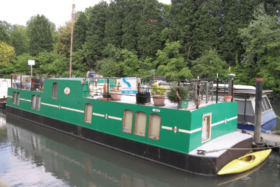









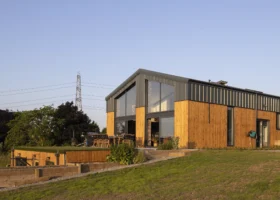






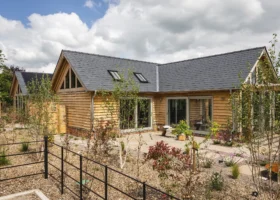













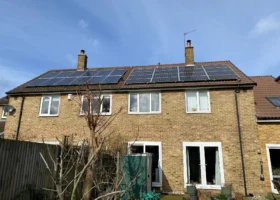





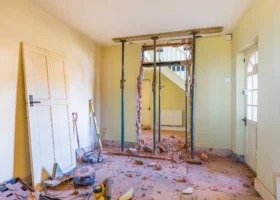


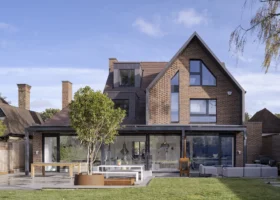

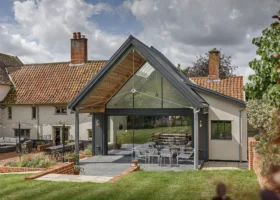
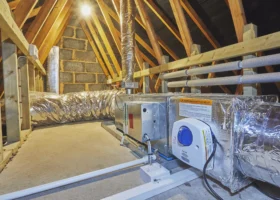







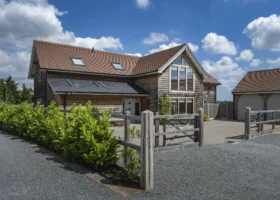













































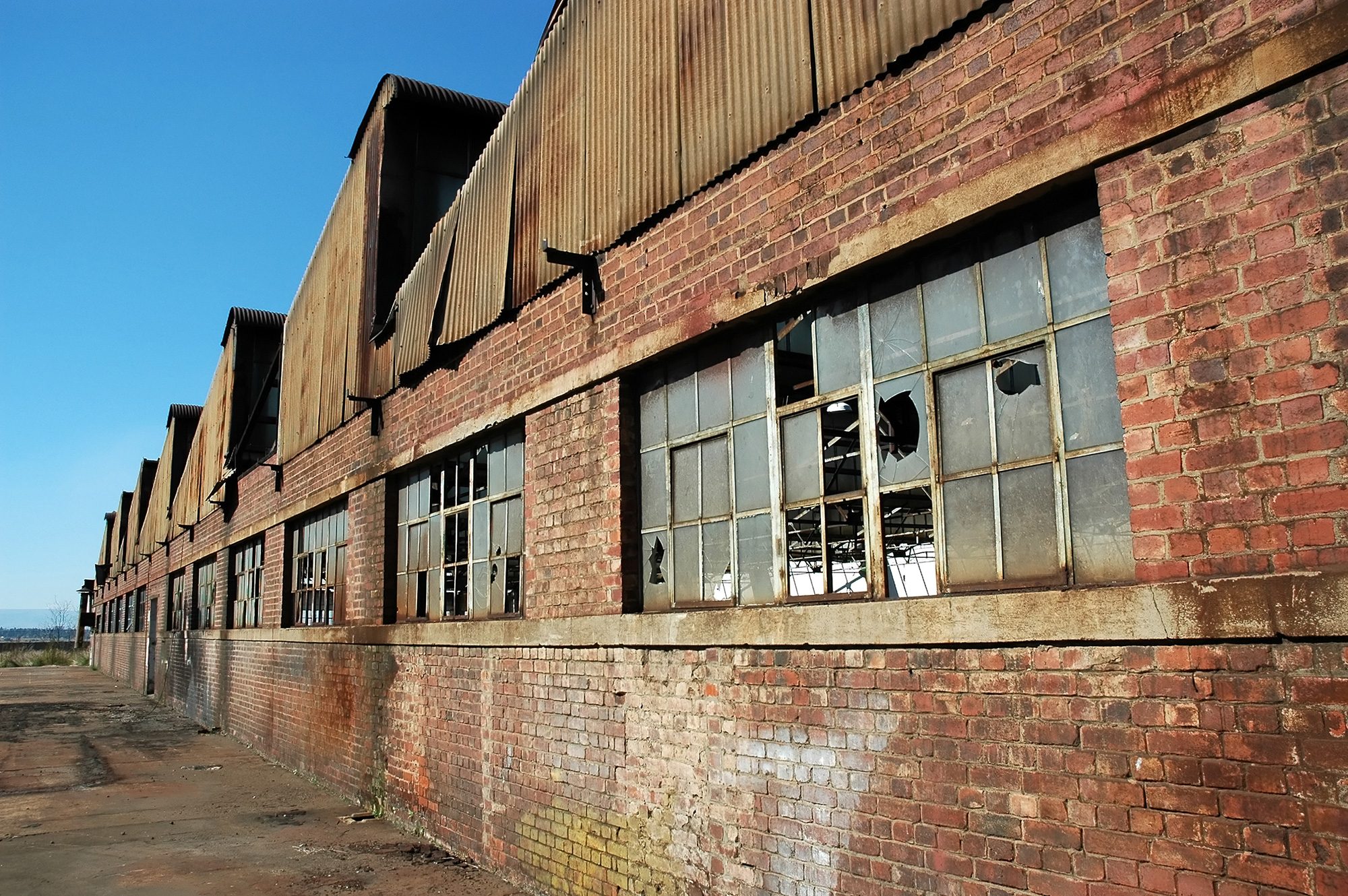
 Login/register to save Article for later
Login/register to save Article for later





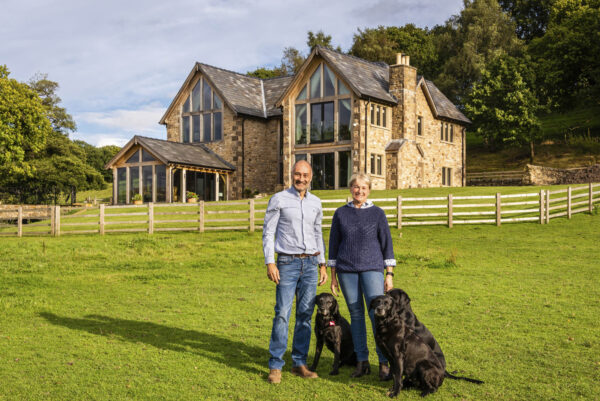

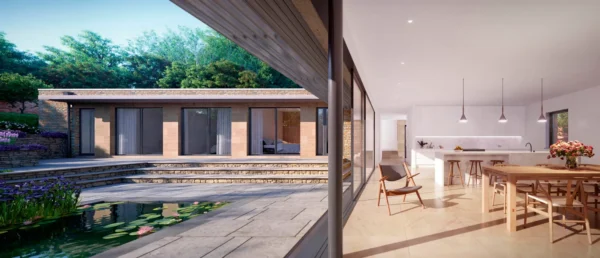




Comments are closed.